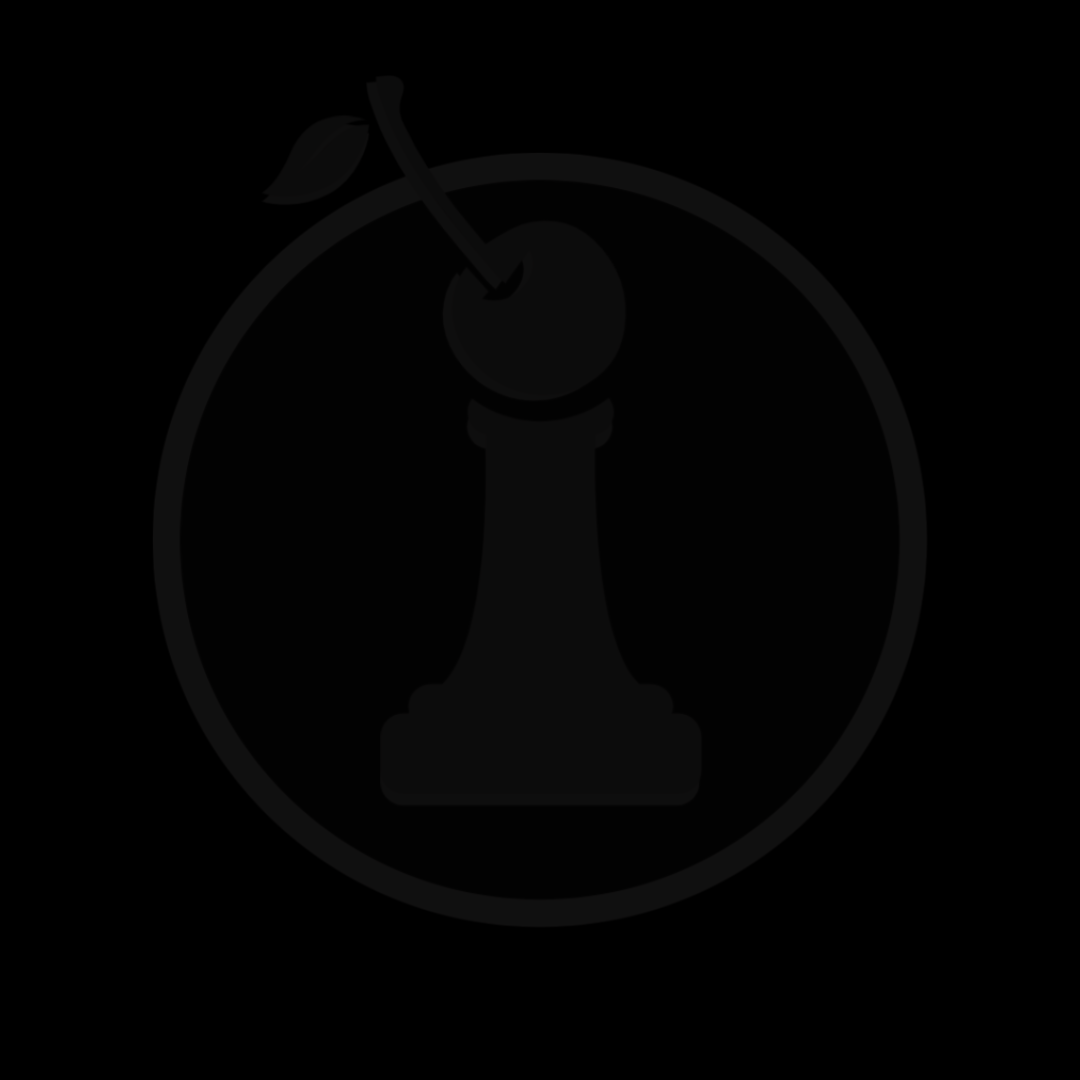
Strategic Delegitimization: Ouroboric Warfare
Share
Strategic Delegitimization: Ouroboric Warfare
I. Introduction: When the Weapon Eats the Wielder
Strategic delegitimization was never just a tactic. It began as a tool to confront hypocrisy, expose corruption, and discredit systems that had forfeited trust. It was intended as a means of clarity—one that named rot, called out fraud, and punctured the myths of untouchable authority. In its earliest form, it served movements of justice, reform, and revolt.
But over time, something changed.
What once cut through deception now fuels it. What began as method now mutates into instinct. Delegitimization becomes habitual, then contagious, then recursive. The lines blur between critique and collapse, between resistance and rot. The tactic loses its target—and turns on the hands that wield it.
What began as strategic warfare becomes epistemic cannibalism.
This essay charts the moment where delegitimization stops serving clarity and begins devouring it. It is the story of ouroboric warfare—not a war of territory or ideology, but of trust, coherence, and meaning. A war no longer waged against a visible enemy, but against the very ground we stand on.
II. Cannibal Logic: How Delegitimization Becomes Self-Devouring
Delegitimization begins with a purpose: to expose contradictions, dismantle unjust power, and protect the truth from distortion. But in conditions where truth itself is constantly contested, these acts of discredit take on a new function.
They stop being tactical. They become reflexive.
When every actor becomes suspect, and every claim is understood as performance, the only way to survive the game is to play it louder, earlier, and more aggressively than the next. Delegitimization becomes preemptive—a defensive maneuver to avoid becoming its next target.
Discredit, or be discredited.
This is the first turn of the ouroboros: when trust becomes dangerous, nuance becomes suspect, and vulnerability becomes ammunition. Even sincere voices begin to speak in the tones of distrust—not to deceive, but to avoid being devoured.
The ecosystem adapts to reward this posture. The most visible actors become the most scrutinized. The most cautious become invisible. The performance of certainty, skepticism, and accusation begins to eclipse the search for truth.
And slowly, the tactic turns inward. Movements fracture from within. Institutions doubt their own credibility before anyone else can. Language is weaponized against itself. Self-awareness curdles into self-erasure.
It is at this stage that the ouroboric metaphor becomes literal.
In rare biological cases, snakes under severe stress or neurological confusion have been known to begin consuming themselves—biting their own tails and continuing to devour until they cause irreparable harm. It is not hunger. It is not instinct. It is disorientation so profound that the creature can no longer distinguish self from prey. It becomes the site of its own consumption.
So too with epistemic warfare. Delegitimization, unchecked, begins to mistake survival for sabotage. It begins to eat what it depends on: trust, coherence, and memory.
III. Designed Chaos: When Strategy Mimics Spontaneity
In ouroboric conditions, the distinction between design and emergence blurs. Coordinated efforts begin to mimic spontaneous sentiment. Manufactured outrage is wrapped in grassroots aesthetics. Strategic campaigns are staged to look like cultural uprisings.
Synthetic discourse masquerades as authentic rebellion. Fake accounts, engineered memes, manipulated narratives—they are not meant to inform. They are meant to overwhelm. The appearance of virality replaces substance. Performance becomes indistinguishable from sentiment.
Design now hides in the costume of chaos.
This inversion creates a paranoia loop: if all protest might be astroturfed, if all slogans might be seeded by interests, then every expression must be viewed as suspect. The act of speaking becomes grounds for suspicion. Even silence becomes performative.
IV. Emergent Design: When Chaos Gets Captured
The loop continues.
Just as strategy mimics spontaneity, actual spontaneity is quickly harvested. Organic frustration becomes aesthetic branding. Language forged in pain becomes product packaging. Resistance becomes genre.
Emergent delegitimization—born of betrayal, grief, or injustice—is tracked, labeled, and reassembled for resale. Once-raw expressions are filtered through commercial, political, or ideological algorithms. What could not be controlled directly is absorbed through mimicry.
Here, rebellion is not censored. It is eaten and digested. It becomes decoration for systems it once sought to dismantle.
V. The Devouring of Legitimacy
At a certain point, delegitimization begins to erode the very possibility of legitimacy itself.
Not just for those in power—but for anyone, anywhere.
Movements begin to cannibalize their leaders. Figures once revered are suddenly discredited—not through honest critique, but through accusations based on aesthetics, affiliations, or the fear that loyalty itself signals naivety.
No institution is trusted. No neutral ground is acknowledged. Even truth—factual, documentable truth—becomes viewed as either weapon or trap. People begin to read authenticity as strategy. Earnestness becomes embarrassing. Clarity becomes dangerous.
This is no longer skepticism. It is epistemic hypervigilance—a state in which belief itself becomes proof of manipulation.
What if the truth is just another tactic?
Once this logic takes hold, it doesn't matter who speaks, or what is said. Every act is suspect because the environment rewards discredit over understanding.
VI. The Collateral Damage: The Undecided and the Erased
Those who are neither aligned nor armored—the unaffiliated, the uncertain, the curious—become the ecosystem’s primary casualties.
In this terrain:
-
Questions are treated as provocations.
-
Doubt is interpreted as allegiance to the enemy.
-
Attempts to clarify are seen as attempts to manipulate.
Caught between tribes of performance, the undecided are not recruited—they are consumed. Their silence is politicized. Their confusion is pathologized. Their exit is framed as betrayal.
The first truths to vanish are those which require care to explain:
-
Complex motives.
-
Nuanced positions.
-
Painful contradictions.
In ouroboric warfare, complexity is the first offering burned to keep the fire alive.
VII. When All Sides Look the Same
As tactics spread and mutate, they begin to rhyme.
Everyone sounds like everyone else:
-
Accusations of hypocrisy.
-
Claims of persecution.
-
Rhetoric of betrayal.
To the public, the battlefield becomes indistinguishable from theater. And then from farce. It no longer matters who is right—only who is left performing. The collapse becomes symmetrical in form, even if not in content.
And when everything can be framed as manipulation, exhaustion takes root. Delegitimization succeeds not because it clarifies—but because it erodes the stamina to care.
VIII. Resisting the Digestive Loop
The solution is not purity. It is orientation.
To navigate ouroboric warfare is not to abstain from critique—it is to reclaim discretion. To know when to speak, and when to preserve. To resist the acceleration of collapse by refusing to perform distrust on command.
We begin by asking:
-
Is this discredit necessary—or automatic?
-
Who benefits from this erosion of coherence?
-
Am I protecting something real—or participating in its decay?
Radical realism does not mean believing everything. It means refusing to believe nothing.
IX. Conclusion: When Hunger Replaces Meaning
Ouroboric warfare is not a conflict over resources. It is a conflict over reality itself. It consumes frameworks, stories, loyalties, and identities—not to replace them with something better, but simply to remain in motion.
It is not fought to win. It is fought to continue.
Strategic delegitimization, when left unexamined, becomes a loop with no off-ramp. It turns clarity into spectacle. It makes trust impossible. It makes honesty indistinguishable from theater. And it feeds most on those who once used it with conviction.
Like the snake under stress, we may bite the tail not out of madness, but out of confusion—until the difference no longer matters.
If that’s the ecosystem, then choosing what we refuse to consume becomes the only meaningful act left.
And in that refusal, something—however small—might survive.

